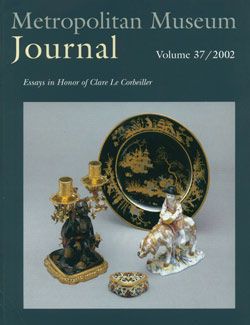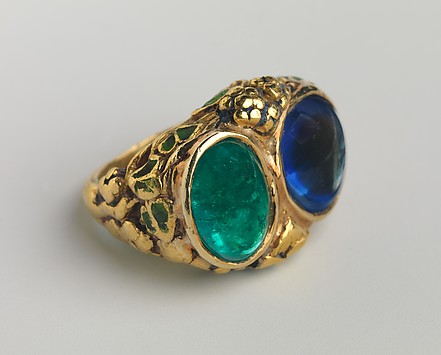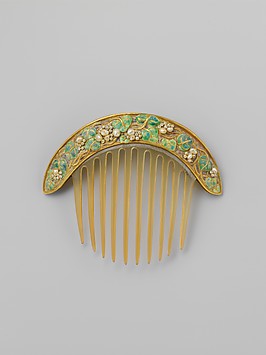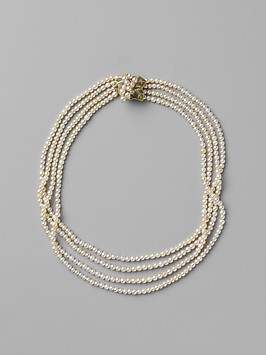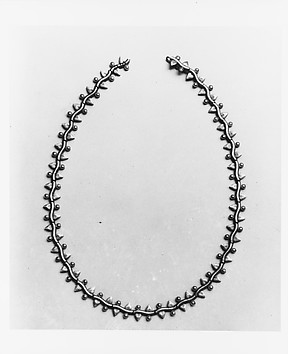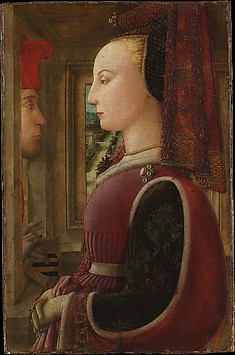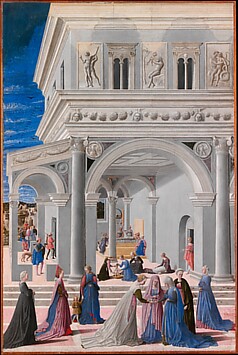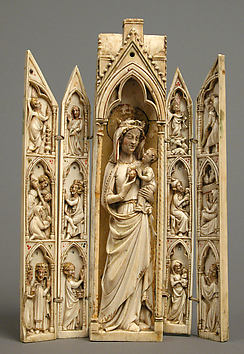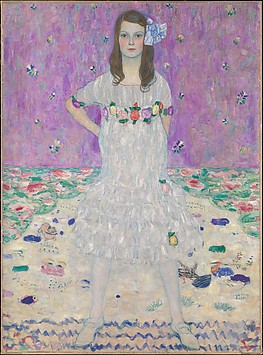Lacquer has long been one of the most intriguing arts of East Asia but is surprisingly little understood in this country. Fortunately, the American collectors Florence and Herbert Irving have lovingly assembled a distinguished collection of East Asian lacquer that is particularly strong in examples from the medieval period and in important but relatively unfamiliar types of lacquer. More than 180 treasures from that collection make up a remarkable exhibition at The Metropolitan Museum of Art and are presented in this book. The luxury associated with lacquerware is legendary. Derived from the sap of a tree, lacquer is used to protect and decorate platters, boxes, and a wide range of other objects, many of them made for personal use. The methods employed vary enormously in technique and visual effect but have in common the lavish expenditure they require of time, labor, and artistry. In one type of Chinese lacquer, objects were coated with hundreds of applications of lacquer to build up a thick layer into which complex, rhythmic images were carved. Other types of lacquerware carry engaging scenes filled with figures and animals executed in intricate mother-of-pearl inlay. Japanese lacquerers developed an array of techniques for producing makie, a brilliant gold and silver decoration often used to illustrate seasonal themes or poignant passages from literature. Also from Japan, but entirely different, are austere, undecorated Negoro lacquers, prized for the color modulations worn into their surfaces by the passage of time. Other striking effects have been achieved through decorative techniques that include designs engraved and filled with gold, lacquer modeled in relief, the use of basketry, and inlays of metal, stone, or tortoiseshell. Astonishing in their inventiveness and virtuosity, all of these lacquer works provide rich visual rewards as well as aesthetic insights into the cultures that produced them. The outstanding lacquers in this selection from the Irving Collection represent a wide range of styles and techniques. They date from the thirteenth to the twentieth century and originate in all four of the major East Asian areas of lacquer production: China, Japan, Korea, and the Ryukyu Islands. The essays presented here draw on new scholarship to trace the history of lacquer's development within each of these cultures, explore stylistic relationships, and explain techniques of the art. Each catalogued object is discussed in detail and illustrated in color. Thus, the volume is at once an introduction to the lacquer of East Asia, a comprehensive scholarly treatment of it, and an immersion in its intense pleasures. The authors of this book are James C. Y. Watt, Brooke Russell Astor Senior Curator of Asian Art, and Barbara Brennan Ford, Associate Curator of Asian Art, both at The Metropolitan Museum of Art. An essay on Japanese lacquer of the Momoyama period was contributed by Haino Akio, Curator at the Kyoto National Museum.


